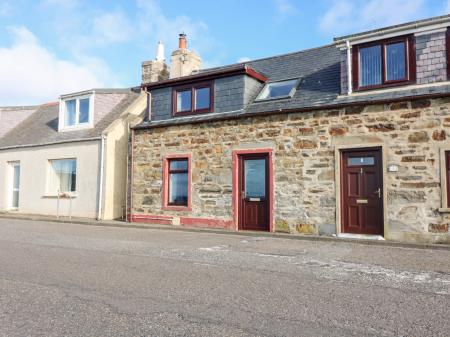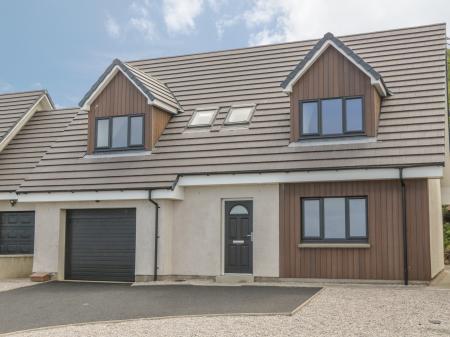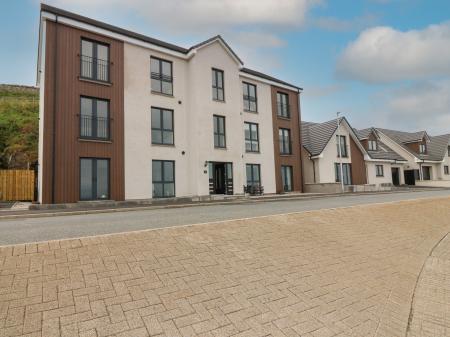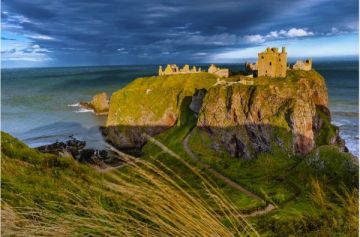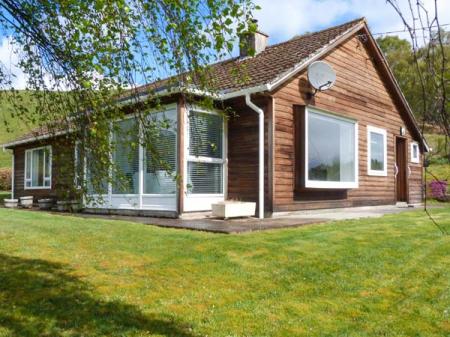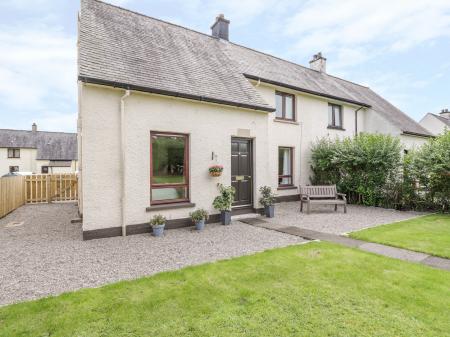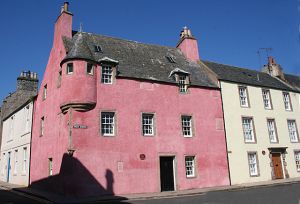
The town has a long and varied history. As early as the 12th century it was part of the Northern Hanse, an alliance of leading mercantile towns modelled on the Hanseatic League.
Banff Castle was built to guard the entrance to the harbour against Viking raids, and in the 12th century it served as a royal residence. Little remains of the castle beyond sections of a curtain wall. The new 'castle' that you can see today is a Gothic conceit, built by Lord Deskford in 1750.
Monks from Arbroath built a Carmelite priory at Banff, and the houses that now stand on the south side of Carmelite Street are on former monastic land. There is a very fine merkat (market) cross, dating to at least the early 16th century, though the shaft upon which it stands was made around 1607.
There are numerous examples of 17th-century architecture surviving, but Banff's real claim to fame was as a fashionable 18th-century resort town, and much of the period architecture dates to that time.
Perhaps the most striking piece of civic architecture is the octagonal Town Steeple, built 1764-66. It was erected beside the residence of Admiral Gordon, who protested vigorously because he feared the peculiar structure might topple onto his house.
On High street is the Banff Museum, with displays of local history, geology, and a special exhibit on Banff silver. On Low Street, the Biggar Fountain stands on the spot where, in 1701, James McPherson played his fiddle in a last defiant act before he was executed for piracy.
The most popular visitor attraction in Banff is Duff House, an exquisite mansion built by William Adam for the Earl of Fife. Duff House is now an art gallery featuring works from the collection of the National Gallery of Scotland. It is surrounded by lovely parkland which is open all year for visitors to enjoy. Further afield is Craigston Castle, an early 17th-century tower house which has preserved much of its original interior.
 We've 'tagged' this attraction information to help you find related historic attractions and learn more about major time periods mentioned.
We've 'tagged' this attraction information to help you find related historic attractions and learn more about major time periods mentioned.